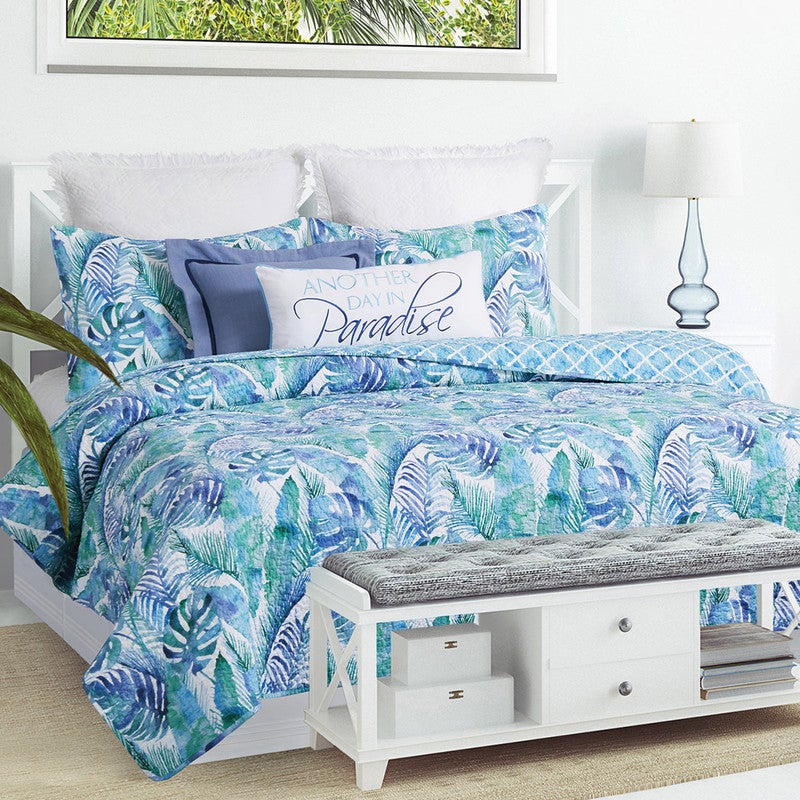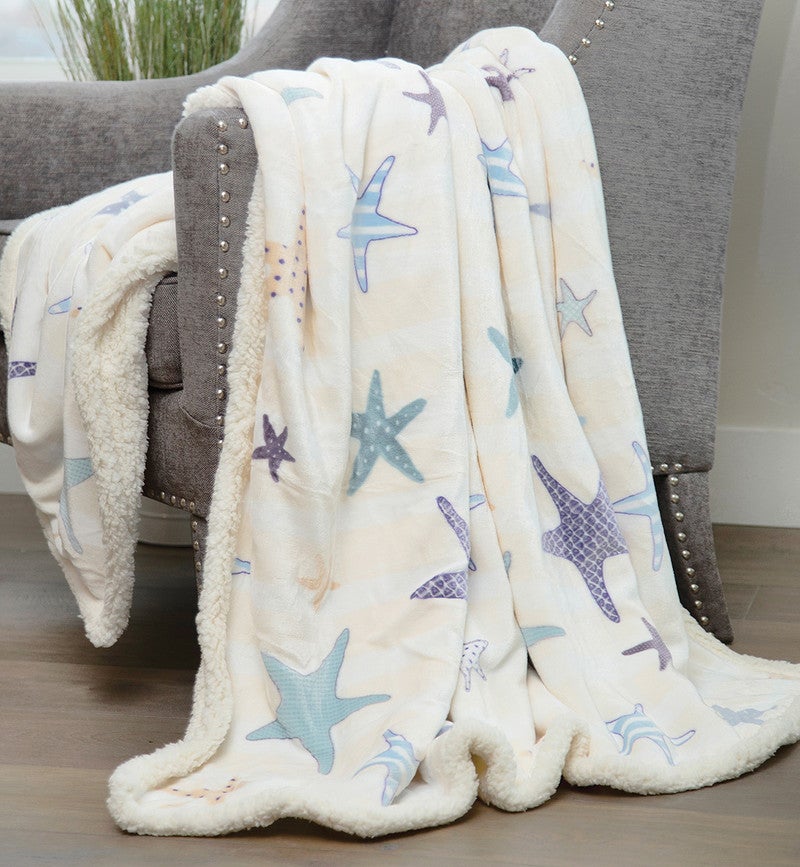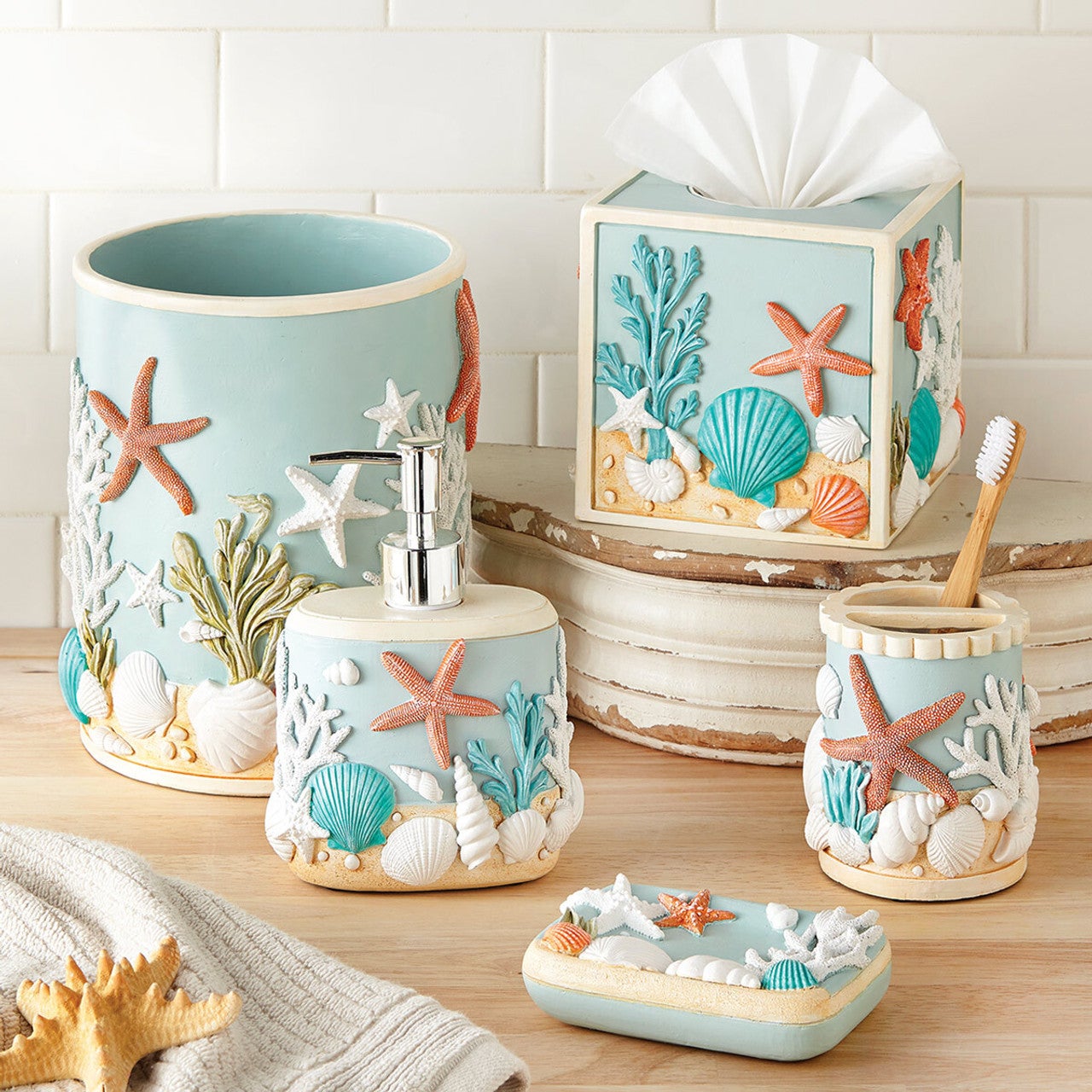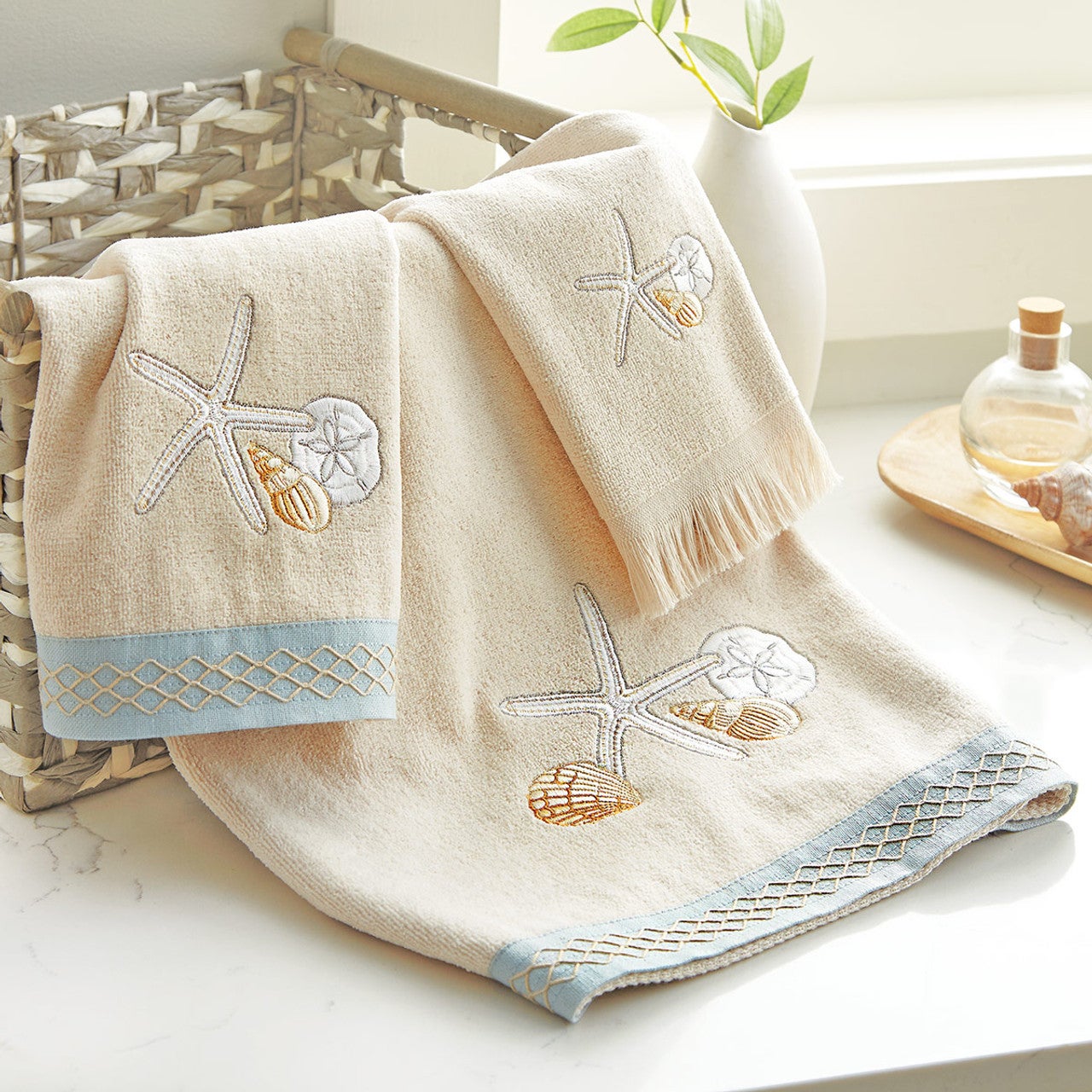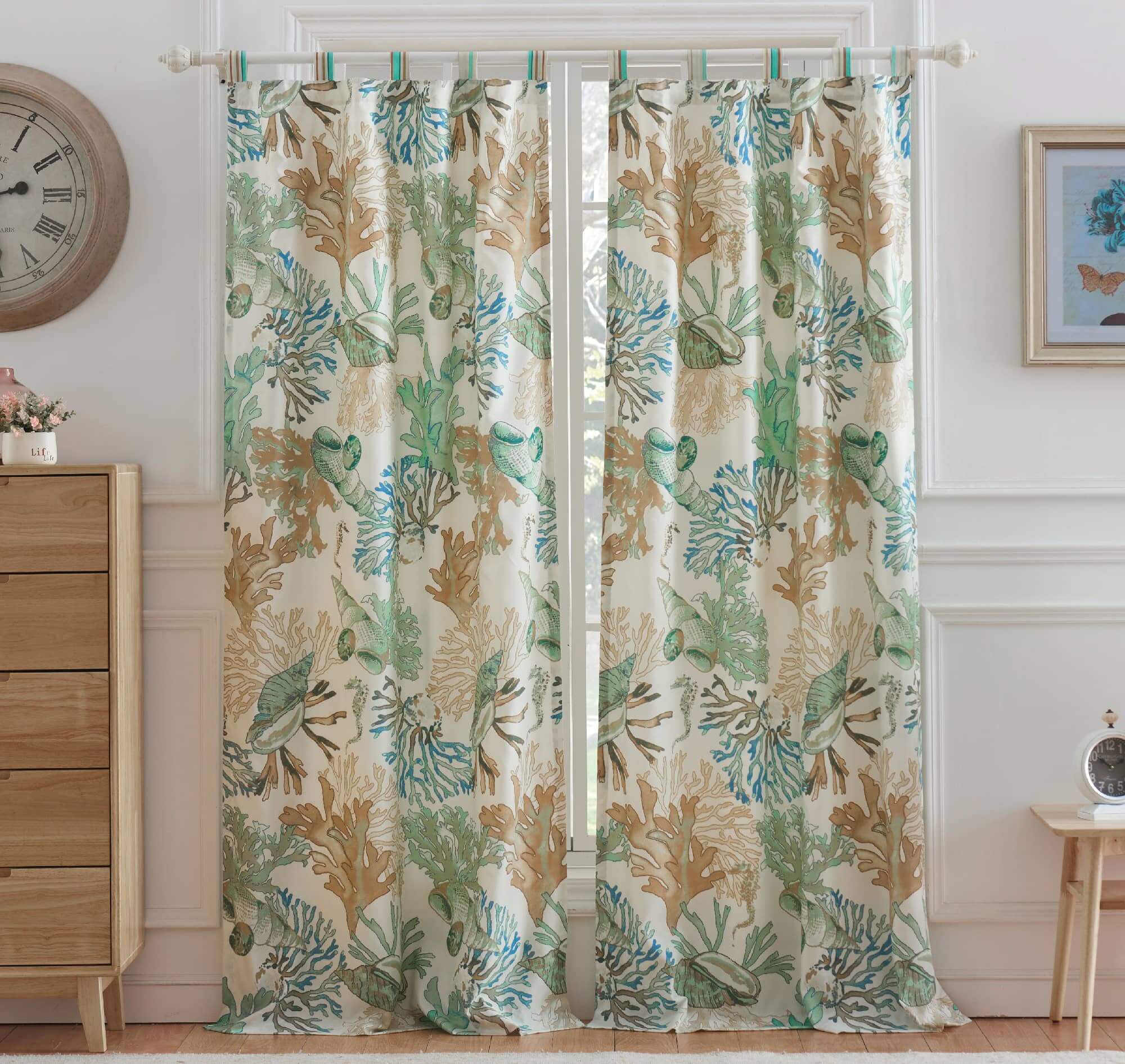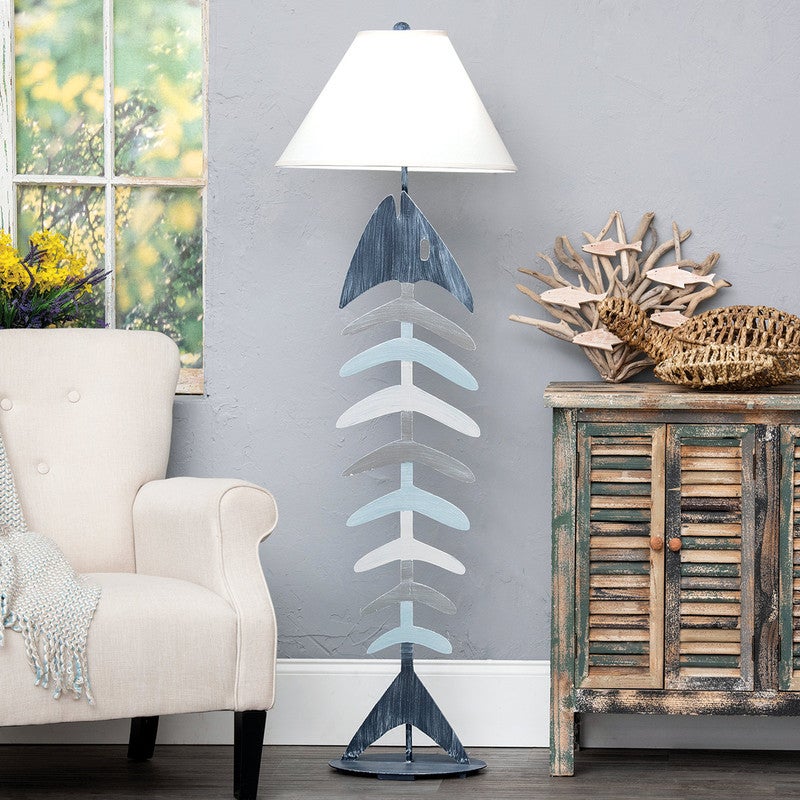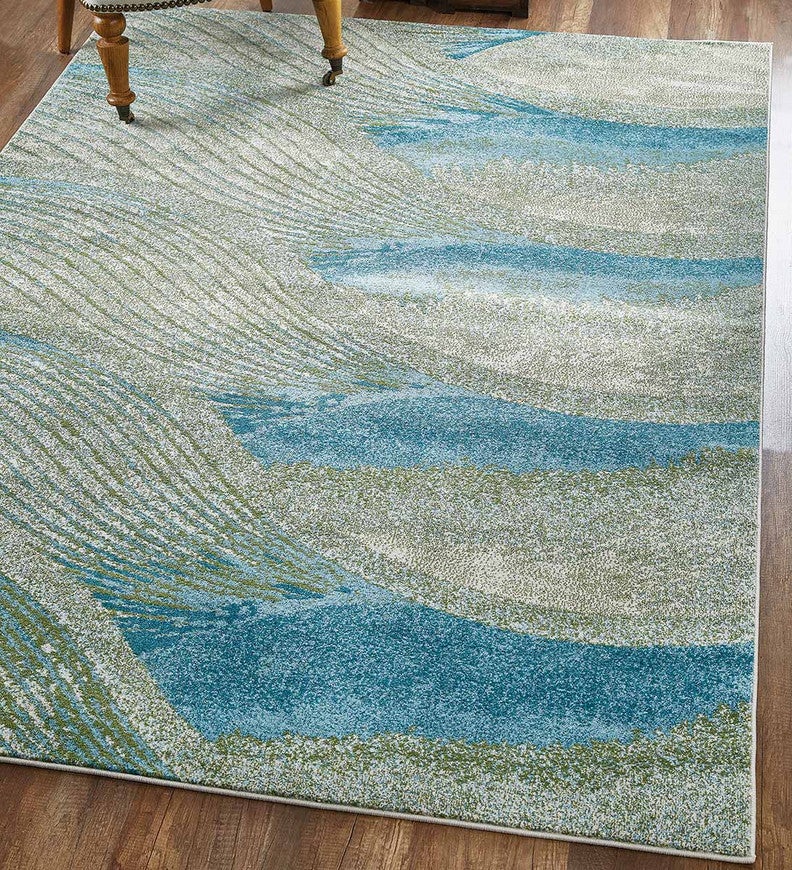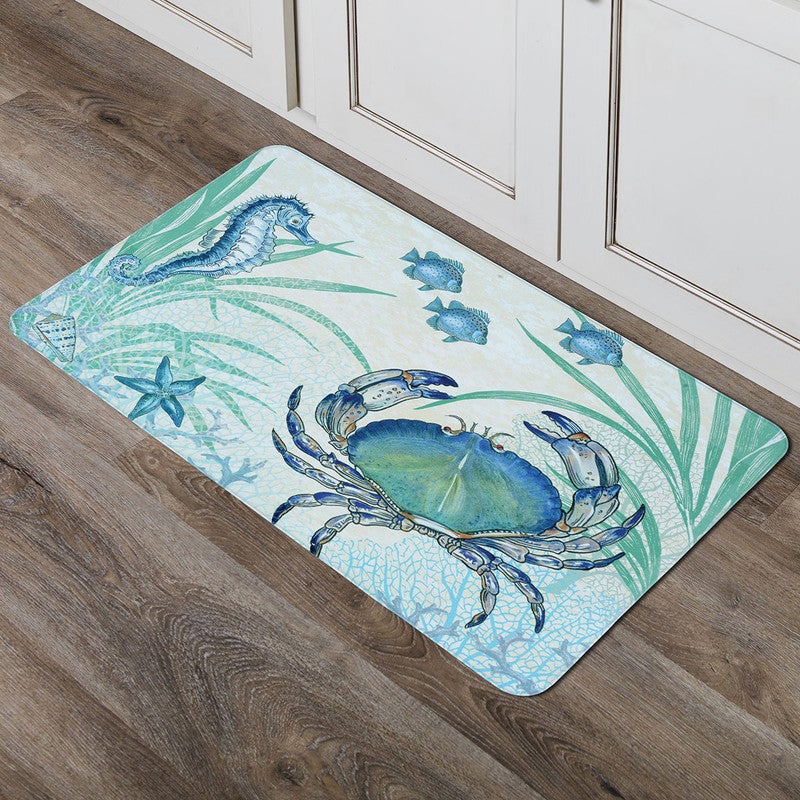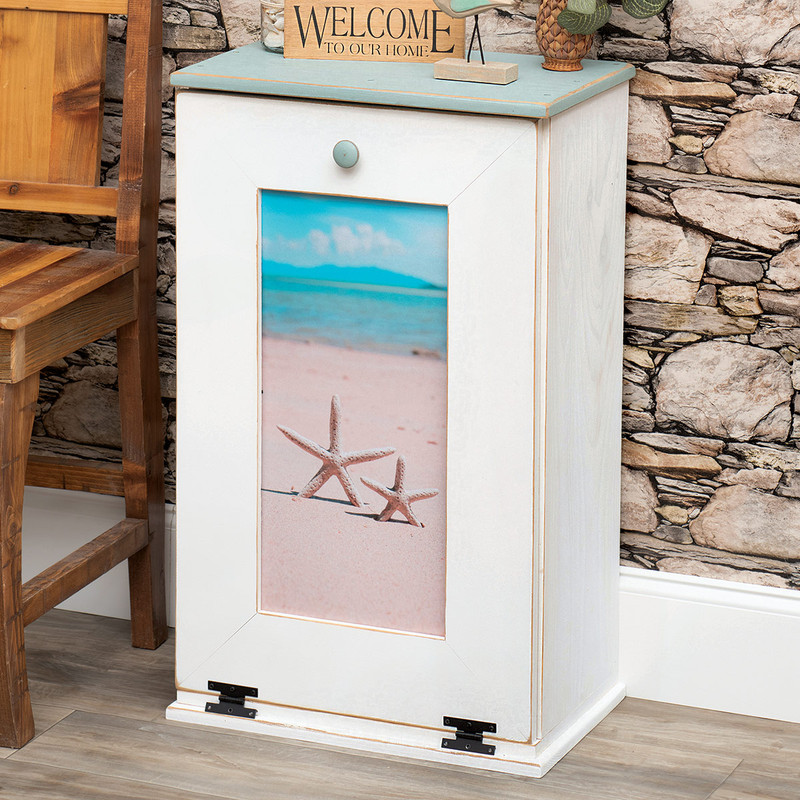Sand Dollars: More than Mermaid Money
Feb 1st 2020

Gullible children have long been conned by playful parents into believing that sand dollars are nothing more than the currency of the merfolk, used to barter beneath the waves. There's a lot more, however, to this spherical skeleton than merely its use as mythical money. The sand dollar, or Echinarachnius parma, is actually the remains of a sea creature belonging to the Echinoid class of marine animal, characterized by spiny skin. Also included in this class of sea creatures are starfish, sea urchins, and sea cucumbers.
Where do, these beautiful creatures come from, and why do they wash up on the sand when the tide recedes? Are they made of pressed sand, as is commonly believed? What is their life in the ocean like before their husks are washed ashore? Here's what you should know about this misunderstood item of beach-house décor.
The Anatomy of a Sand Dollar
You might recognize a sand dollar best as a smooth, white disk with five, petal-like markings, but this is only the skeletal remains of a once-living creature. The flat shape is well adapted to the sea floor, where sand dollars eat, mate, and hide from predators, often in large groups. During their 6-10-year lifespan, sand dollars may be green, blue, purple, brown, or black, depending on the species. They are also covered with small, purple spines they use for breathing.
The body of the sand dollar is comprised of a rigid exoskeleton made of plates of calcium carbonate—this flat structure is known as "test" and it is all that remains when a sand dollar dies. These echinoderms feature a top, or aboral side, consisting of five petalloids that house two sets of feet each. The bottom, or oral side of the sand dollar, has five branching grooves that funnel food to the mouth opening in the center. Both could feature 5-6 slots around the outer perimeter of the disk, known as lunules, or have none at all.
What They Eat
Sand dollars partially or fully bury themselves in the sand and crawl along the ocean floor, where they consume a delectable diet of treats like plankton, algae, crustacean larvae, copepods, diatoms, and other detritus. To avoid the pull of ocean tides, younger sand dollars also swallow grains of sand for added heft until their skeletons become thicker and heavier.
How They Eat
Sand dollars are dainty (but efficient) eaters that use tiny black spines to trap food before tube feet and hair-like cilia lining the food grooves guide food to the mouth hole. If you thought your mom nagged you to chew your food, be glad you weren't born a sand dollar. They sometimes chew food for 15 minutes before it is ready to swallow and digest.
Digestion Congestion
Sand dollars have a jaw with five teeth used to grind their food, and they digest just as slowly as they eat. Food can linger in a sand dollar's system for up to two days before it is fully digested. When you find a sand dollar on the beach and hear something rattling around inside, it's probably the remainder of the creature's teeth.

